Growing Heirloom Tomatoes: Regionally Focused Guides
Welcome to a gardener’s haven for those passionate about heirloom tomatoes! Forget generic gardening tips; here, we dive deep into the nuances of growing these extraordinary varieties, specifically tailored to different climate regions. If you're looking for heirloom tomatoes that truly thrive where you live, you're in the right place. We believe that understanding your local climate – from the humid South to the arid Southwest – is the key to a bountiful harvest of juicy, flavorful tomatoes. This isn's just about growing tomatoes, it's about understanding the relationship between the plant, the soil, and the environment in which it's growing.
Heirloom tomatoes offer a world of flavor and history. Unlike modern hybrids, these tomato varieties have been passed down through generations, preserving unique characteristics and incredible taste profiles. They represent a tangible link to our agricultural past, a legacy of seed-saving and adaptation. But their survival depends on gardeners like you, understanding how to best nurture them. Simply put, growing heirloom tomatoes isn't just about planting a seed; it's about understanding the relationship between your tomato and its environment. This is especially crucial when considering the principles of regional gardening. The biodiversity inherent in heirloom tomatoes is something we need to champion, as the loss of these varieties would diminish the richness of our food system.
Understanding Regional Challenges & Successes
We're dedicated to providing in-depth gardening tips for every climate zone. Our guides cover everything from soil preparation to pest control, all with a focus on regional gardening best practices. Many gardeners struggle with common tomato ailments like blossom end rot, which is often linked to calcium deficiencies and fluctuating soil moisture levels. Our guide, Dealing with Blossom End Rot: A Regional Approach, breaks down the causes and preventative measures based on your location’s soil composition and water availability, often addressing pH levels and amendment strategies specifically suited for that area. Understanding these regional differences is critical for a healthy and productive tomato growing crop. For example, soil in the Southeast is often high in clay and acidic, while the Southwest faces challenges with alkaline soils and intense sunlight. Adapting your approach to account for these differences can significantly improve your yield and overall tomato quality.
Let’s explore some success stories. The Cherokee Purple, a Southern gardening success story, exemplifies the rich history and incredible flavor these varieties offer. Its complex, smoky sweetness is a testament to centuries of adaptation to the Southern climate. In the heart of the desert Southwest, the German Johnson tomato demands a different cultivation approach, requiring careful attention to water conservation and sun protection – a guide we're delighted to provide. Its resistance to heat and drought makes it a valuable asset for Southwestern gardeners. Similarly, the legendary Arkansas Traveler, a favorite in Appalachian gardens, thrives in the region's cooler temperatures and fertile soil. The plant's vigorous growth and abundant fruit production reflect its well-adapted nature. And finally, cultivating a sun-loving Black Krim in the scorching heat of the Southwest requires strategies to mitigate heat stress, such as providing shade during the hottest part of the day and utilizing soil amendments to retain moisture. Each of these examples illustrates the importance of tailoring your gardening practices to the unique conditions of your region.
Specific Varieties, Specific Solutions
Selecting the right tomato varieties is just the first step. Each heirloom tomato has unique needs, making informed growing heirloom tomatoes vital. Consider factors such as disease resistance, days to maturity, and plant size when making your selection. Imagine successfully growing a vibrant Green Zebra in the sometimes unpredictable climate of the Midwest – it’s achievable with the right knowledge! Its slightly tart flavor and distinctive green color make it a unique addition to any garden. The Hillbilly tomato, a Southeast growing secret passed down through generations, offers a taste of the South's rich agricultural heritage. Its robust flavor and ability to withstand humidity make it a true Southern gem. For those residing in the Rocky Mountain region, our “Mortgage Lifter Tomatoes: A Rocky Mountain Growing Guide” will help you leverage the unique advantages and address the specific challenges of that high-altitude environment. These plants are known for their large size and ability to produce copious amounts of fruit – earning them their name, as they were said to have helped farmers pay off their mortgages during the Great Depression. And if you find yourself in the Northern Plains, our “Purple Cherokee Tomatoes: A Northern Plains Growing Handbook” provides essential tips for cultivating this stunning and delicious variety. These plants often require slightly shorter growing seasons and careful monitoring for late-season frosts, but the results are well worth the effort.
Maximizing Your Harvest: Advanced Techniques
Beyond planting, we cover crucial aspects of tomato growing heavily influenced by location. Learning to extend the tomato season is a fantastic way to enjoy fresh, homegrown tomatoes long after the initial harvest. This can be achieved through the use of row covers, cold frames, and greenhouses – all of which provide protection from frost and extend the growing season. Understanding your local frost dates is essential for successful season extension. Consider using raised beds to improve drainage and soil warming. These strategies are particularly valuable in regions with shorter growing seasons. For example, in the Northeast, a late spring frost can easily damage young tomato plants, so using row covers can be a lifesaver.
Healthy tomatoes start with healthy soil. Our "Soil Amendments for Heirloom Tomatoes: A Regional Breakdown" explores the specific needs of different soil types across the country, offering guidance on amending your soil to create the perfect growing environment. Soil testing is the first step in determining the specific needs of your soil. Amending the soil with organic matter, such as compost and well-rotted manure, improves soil structure, drainage, and nutrient content. In regions with alkaline soils, such as the Southwest, amending the soil with sulfur can help lower the pH. In acidic soils, such as those commonly found in the Southeast, adding lime can help raise the pH. Understanding your soil's nutrient levels and pH is crucial for healthy tomato growth. Specific fertilizers tailored to tomatoes can provide the necessary nutrients for optimal fruit production.
Proper support is essential for heavy-laden heirloom tomato plants. "Choosing the Right Tomato Cage: A Regional Guide" considers factors like wind patterns and soil stability to recommend the ideal support system for your location. Strong winds can easily topple tomato plants, especially in coastal regions. Staking, caging, and trellising are all effective methods for providing support. In areas prone to heavy rains, choosing a cage design that allows for good air circulation can help prevent fungal diseases. Consider using sturdy materials that can withstand strong winds and heavy fruit loads.
Furthermore, the way you stake your tomatoes matters. Our guide, "Tomato Staking & Support Systems for Regional Climates," provides detailed instructions and best practices for various staking methods, optimized for different wind conditions and soil types. The optimal staking method depends on the variety of tomato and the local climate. For example, indeterminate tomato varieties, which continue to grow throughout the season, require stronger staking systems than determinate varieties, which have a defined growth habit. Consider the prevailing wind patterns when designing your staking system.
Protecting Your Crop: Pests & Diseases
Common tomato pests and diseases often require specific solutions based on your region. Early blight, late blight, and septoria leaf spot are prevalent in humid climates, while tomato hornworms and aphids can be challenges in drier areas. Integrated pest management (IPM) strategies, which focus on preventing problems before they arise, are essential for sustainable tomato growing. This includes crop rotation, companion planting, and the use of beneficial insects. Regularly inspecting your plants for signs of pests or diseases is crucial for early detection and treatment. Organic pesticides and fungicides can be used to control pests and diseases when necessary, but always follow label instructions carefully.
Comparing Varieties: Finding Your Perfect Match
Feeling overwhelmed by the sheer number of tomato varieties? Our "Tomato Variety Comparison: Best Performers in [Region]" provides a handy overview of the top-performing varieties in different climate zones. We’re continually updating this comparison, adding new varieties and refining our recommendations based on gardener feedback. Consider factors such as flavor, disease resistance, days to maturity, and plant size when selecting your varieties. Don't be afraid to experiment with different varieties to find the ones that thrive best in your local conditions. Saving seeds from your favorite varieties is a great way to preserve genetic diversity and adapt your tomatoes to your specific environment.
Gardening Tips and Resources
We're more than just a collection of guides; we're a community of passionate gardeners. Our website aims to be a central hub for all your heirloom tomatoes needs. We’re dedicated to providing clear, concise, and actionable gardening tips, backed by scientific understanding and practical experience. Embracing the principles of regional gardening is at the heart of our philosophy. Join our online forum to connect with other tomato growers in your area, share tips and advice, and learn from each other's experiences. Attend local gardening workshops and events to learn new skills and connect with your community. Remember, gardening is a journey, and there's always something new to learn.
Whether you are a seasoned gardener or just starting out, we invite you to explore our resources and discover the joy of growing delicious, flavorful heirloom tomatoes, specifically suited to your region. Let’s cultivate a world of flavorful tomatoes, one region at a time. Happy gardening!
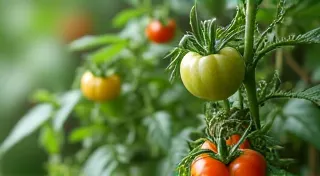
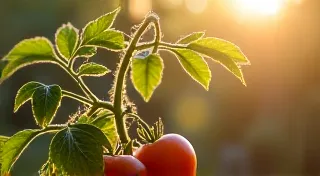
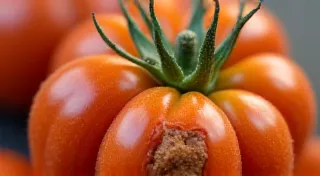
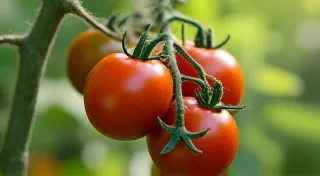
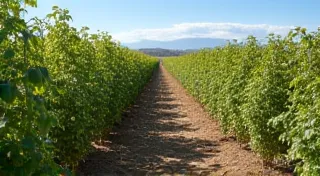
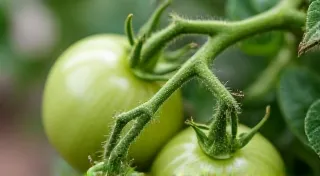
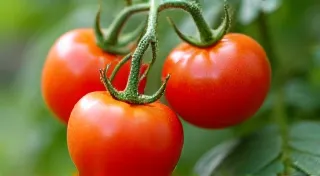
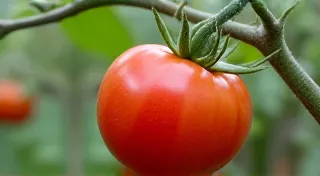
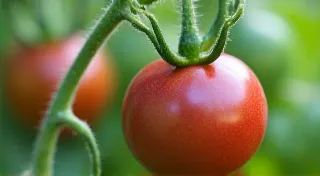
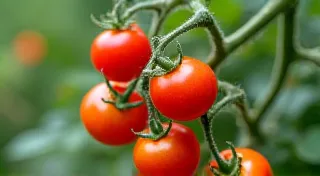
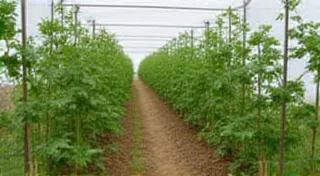
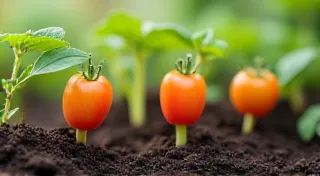
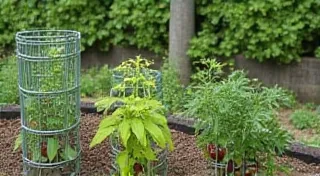
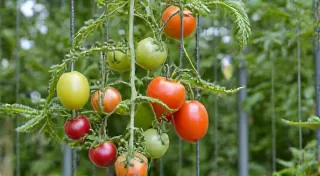
![Tomato Variety Comparison: Best Performers in [Region]](/thumbs/tomato-variety-comparison.webp)